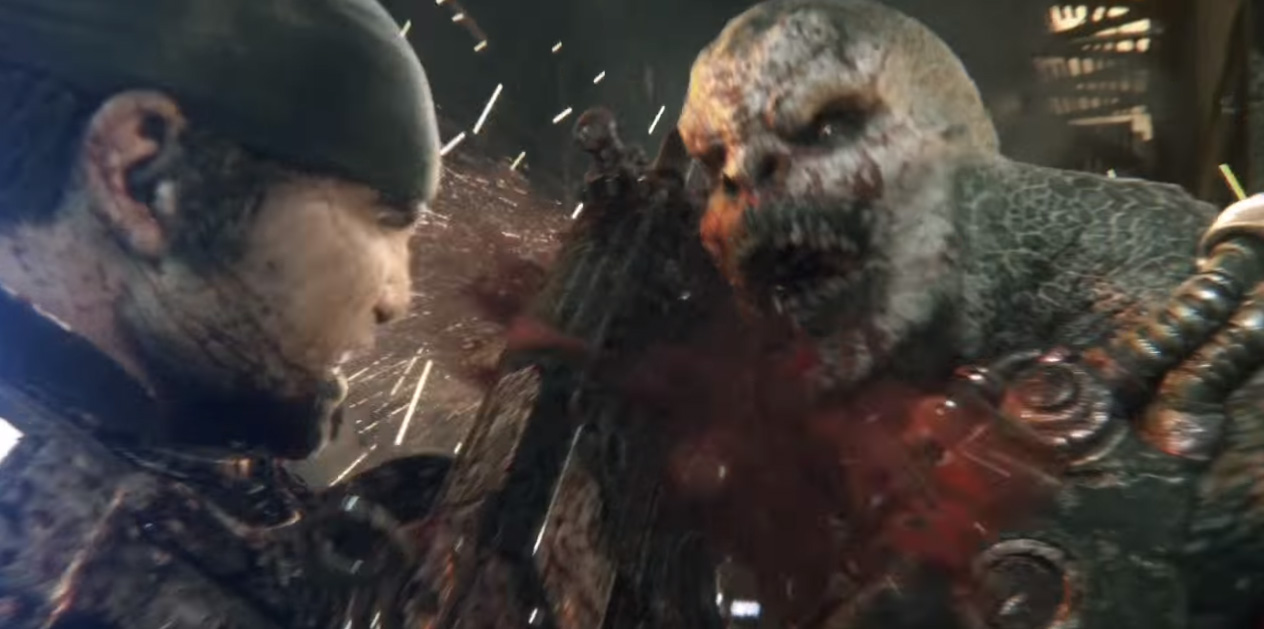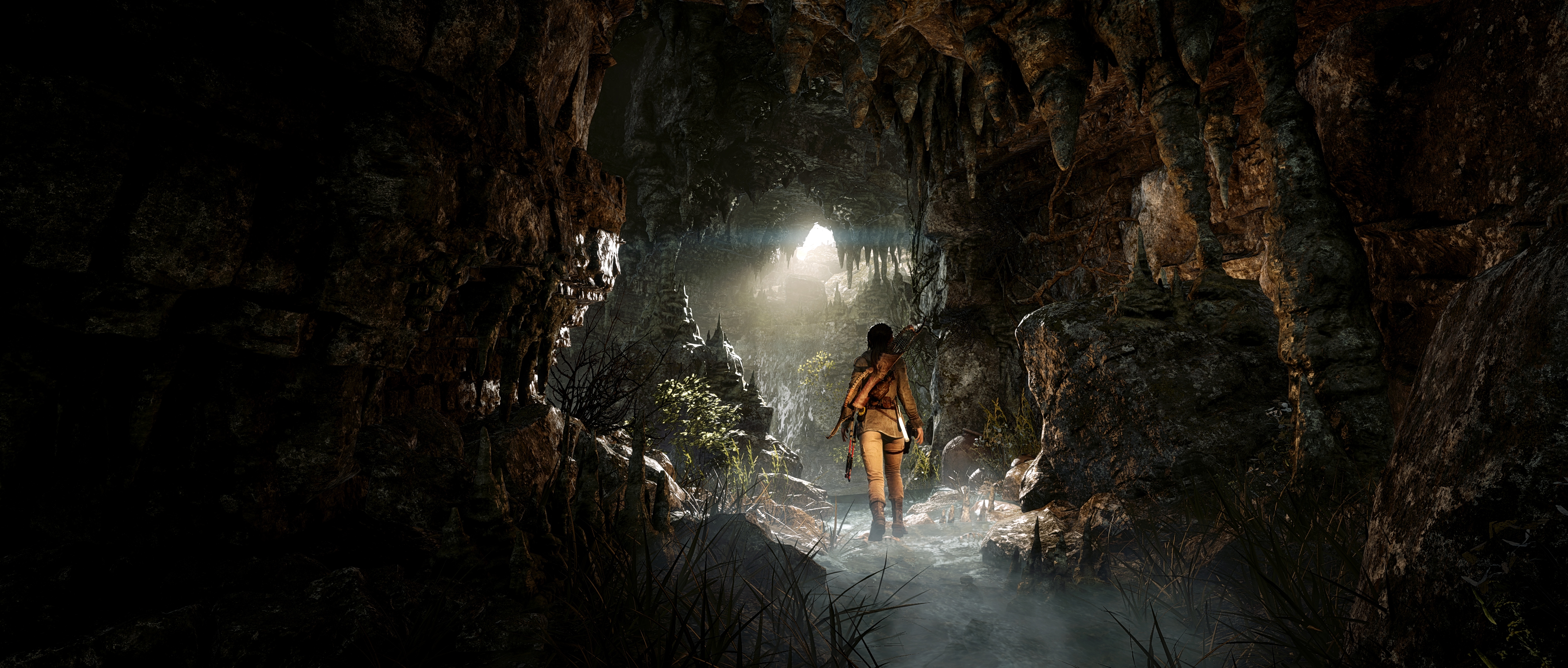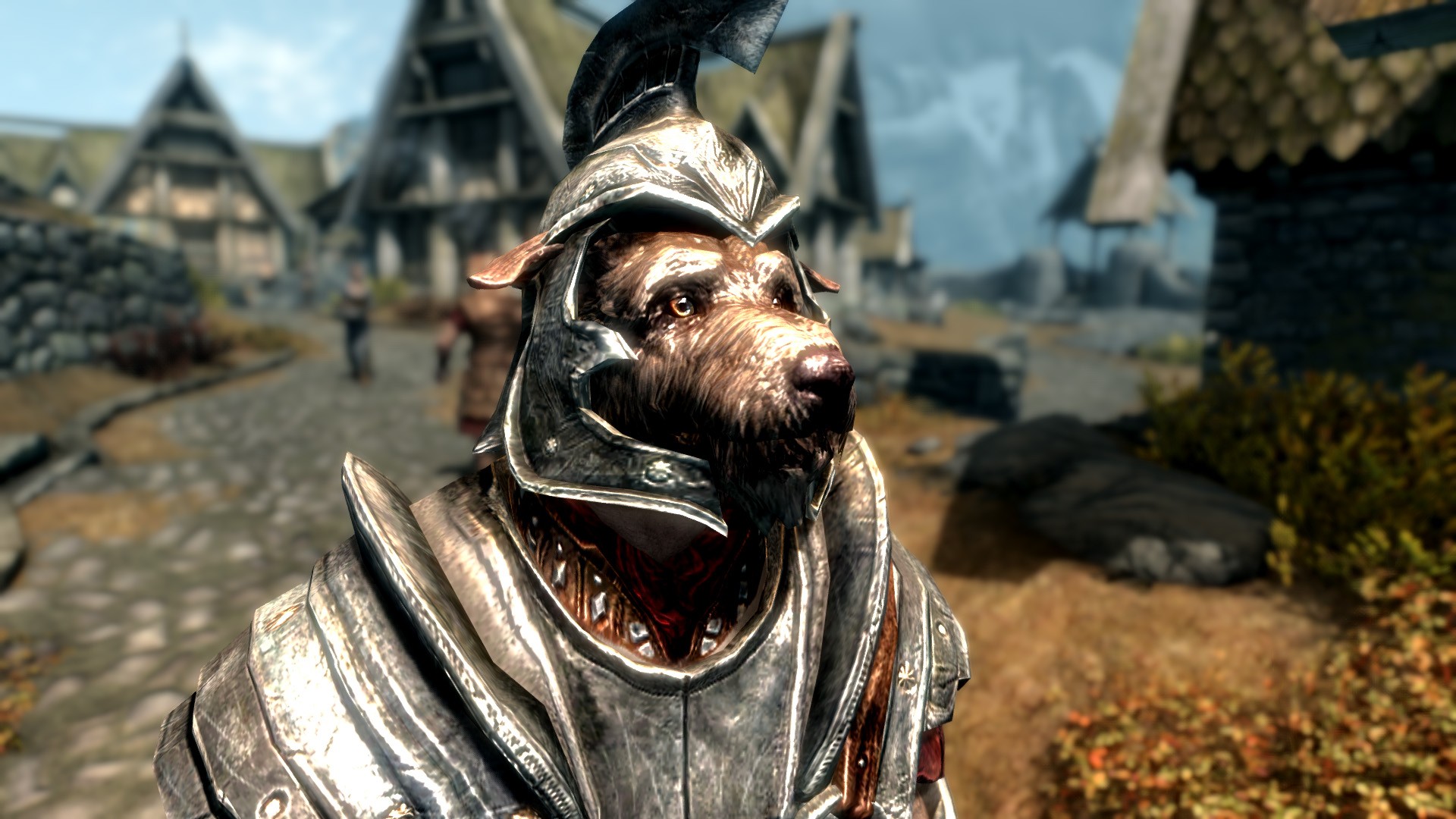If Microsoft’s UWP is as bad as Tim Sweeney says, it’s already doomed

In 2012, Valve’s Gabe Newell condemned Windows 8 as “a catastrophe for everybody in the PC space.” A driving force of his criticism was Microsoft’s Windows 8 store, which, at the time, was planned to be the one and only way to download software built for the new ‘Modern’ UI, which Microsoft was heavily pushing as the future of Windows. That closed ecosystem looked like a way for Microsoft to earn the same kind of money Apple made from the iOS App Store, and if the “desktop” version of Windows eventually disappeared, Microsoft would have a chokehold on every piece of software distributed for PCs, games included.
The future of the PC, as we now know, didn’t follow that path. The Windows 8 store was an even bigger flop than Windows 8 itself, distributing few games or other pieces of noteworthy software, while competitors Steam and GOG thrived. With Windows 10, Microsoft pulled back from that approach, making the desktop environment more prominent and pledging renewed support for PC gaming. Or so it seemed. Four years after Newell aired that criticism of Windows 8, another legend of the PC industry is in the headlines decrying Microsoft’s plans for gaming on its new operating system.
“With its new Universal Windows Platform (UWP) initiative, Microsoft has built a closed platform-within-a-platform into Windows 10, as the first apparent step towards locking down the consumer PC ecosystem and monopolising app distribution and commerce,” wrote Epic Games co-founder Tim Sweeney. “The ultimate danger here is that Microsoft continually improves UWP while neglecting and even degrading win32, over time making it harder for developers and publishers to escape from Microsoft’s new UWP commerce monopoly.”
If UWP is as bad for the PC and the games industry as Tim Sweeney claims, it's already doomed.
Short of playing Duke Nukem Forever, there’s no stronger deja vu trigger in our hobby than the sentiment ‘Microsoft is ruining PC gaming.’ And so far, it just hasn’t happened. If the Universal Windows Platform is as bad for the PC and the games industry as Tim Sweeney claims, we don’t have much to worry about. It’s already doomed.
We still don’t know exactly what UWP will look like as a platform when Microsoft is finished with it, and according to a response by Windows VP Kevin Gallo, it’s “a fully open ecosystem, available to every developer, that can be supported by any store.” On Twitter, Xbox head Phil Spencer said Microsoft would discuss its next steps with UWP at the //build conference, which begins March 30. That’s great—it’s entirely possible that UWP will develop in a direction that avoids Tim Sweeney’s “ultimate danger” scenario of a UWP commerce monopoly. But the backlash happening today, right now, is the reason I don’t think we have to worry too much about that scenario.

Every voice raised against UWP comes from a gamer who knows about the limitations of Microsoft’s new platform. We’ll be writing about those in far more detail next week, but the basics—unmodifiable .exes, lack of support for SLI/CrossFire and other graphics and display settings—make Universal apps unappealing when there’s an alternative. Sweeney’s great worry is that Microsoft will remove that alternative, but that eventuality is only good for Microsoft. Too many of their partners have too much money on the line to let that happen.
The Windows 8 store failed partially because Windows 8 failed, but as far as I can tell, the Windows 10 store isn’t faring dramatically better. According to the February Steam Hardware survey, 34.21% of users run Windows 7 64-bit, and 34.01% run Windows 10 64-bit. Windows 8.1 lags far behind with 13.24%. Even with a much healthier OS, the Windows 10 store isn’t a destination for games. Rise of the Tomb Raider has 9,530 user reviews on Steam. It has only 136 on the Windows store. As Tim Sweeney wrote, “Seven months after the launch of Windows Store alongside Windows 10, the place remains devoid of the top third-party games and signature applications that define the PC experience. Where’s Photoshop? Grand Theft Auto V? Fifa 2016?”
The biggest gaming news, reviews and hardware deals
Keep up to date with the most important stories and the best deals, as picked by the PC Gamer team.
Many PC gamers already know about the limitations Microsoft’s distribution model places on games, and those who don’t will learn soon. They’ll continue to choose to buy games from services like Steam and GOG. And developers will continue to release their games on those platforms, because they want to sell to as large an audience as possible.

Imagine Bethesda trying to sell the next Fallout or Elder Scrolls on a platform that locked down the game’s executable and prevented modding. The Skyrim workshop contains 27,158 mods. Those mods are the reason Skyrim has stayed on the list of Steam’s most-played games for four straight years. Would some PC gamers buy the sequel to Skyrim if it released in a form that blocked mod support? Sure. But many would not, and Bethesda surely wants to sell to them, too.
A studio like Epic Games speaking out against UWP publicly and emphatically doesn’t bode well for its future. When the industry and gamers protested the Windows 8 store, it never gained ground against its competition. Games for Windows Live, which was hated by PC gamers almost universally, only saw the adoption it did thanks to the success of the Xbox 360. As that influence eroded, the PC industry moved to Steamworks.
With Windows 10, Microsoft finally has a strong OS again. But that position of strength doesn’t give them the power to dictate the entire future of gaming on a platform with a three decade history of openness. As long as the audience cares about what we can do with our games, and developers and publishers want to sell to that audience, we don’t need to worry, but we do need to make our voices heard. If we continue to do that, PC gaming will keep on rolling, avoiding the fork in the road that leads to doomsday—at least for a few more years, when either ‘Microsoft ruins PC gaming’ or Duke Nukem will try for another comeback. I’m not looking forward to either, but I’m pretty sure the PC will be OK next time, too.

Wes has been covering games and hardware for more than 10 years, first at tech sites like The Wirecutter and Tested before joining the PC Gamer team in 2014. Wes plays a little bit of everything, but he'll always jump at the chance to cover emulation and Japanese games.
When he's not obsessively optimizing and re-optimizing a tangle of conveyor belts in Satisfactory (it's really becoming a problem), he's probably playing a 20-year-old Final Fantasy or some opaque ASCII roguelike. With a focus on writing and editing features, he seeks out personal stories and in-depth histories from the corners of PC gaming and its niche communities. 50% pizza by volume (deep dish, to be specific).

